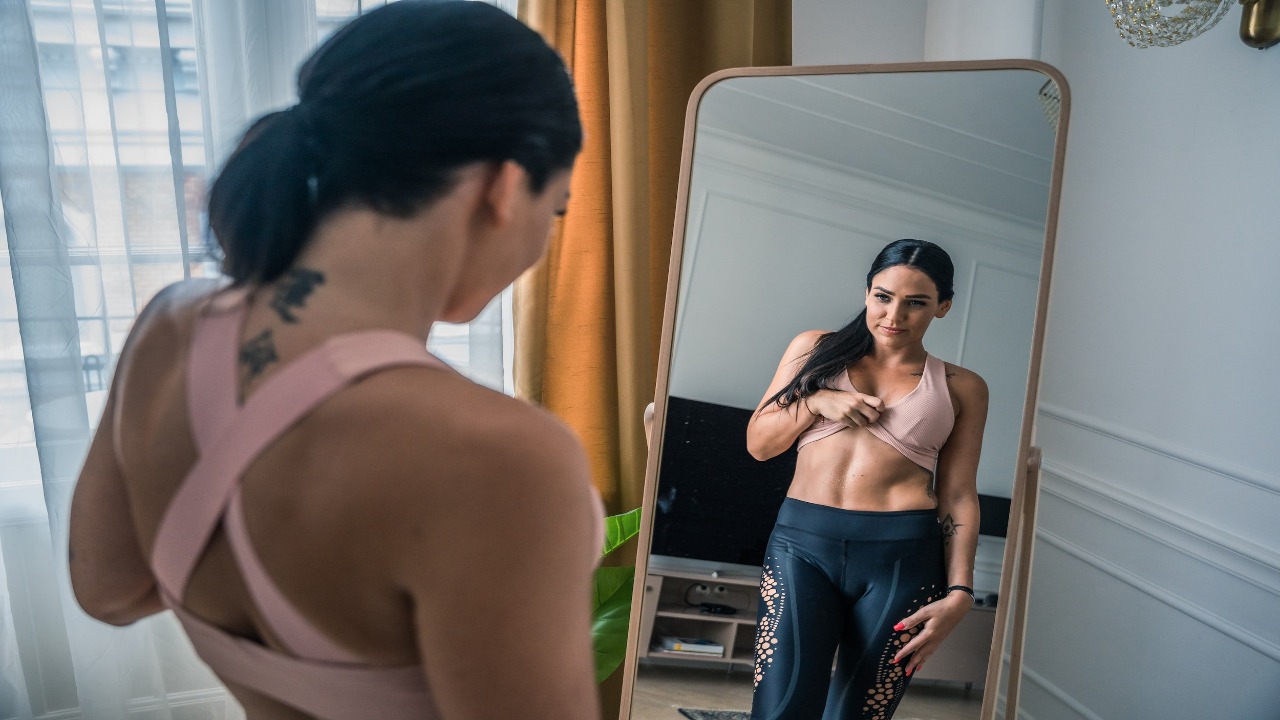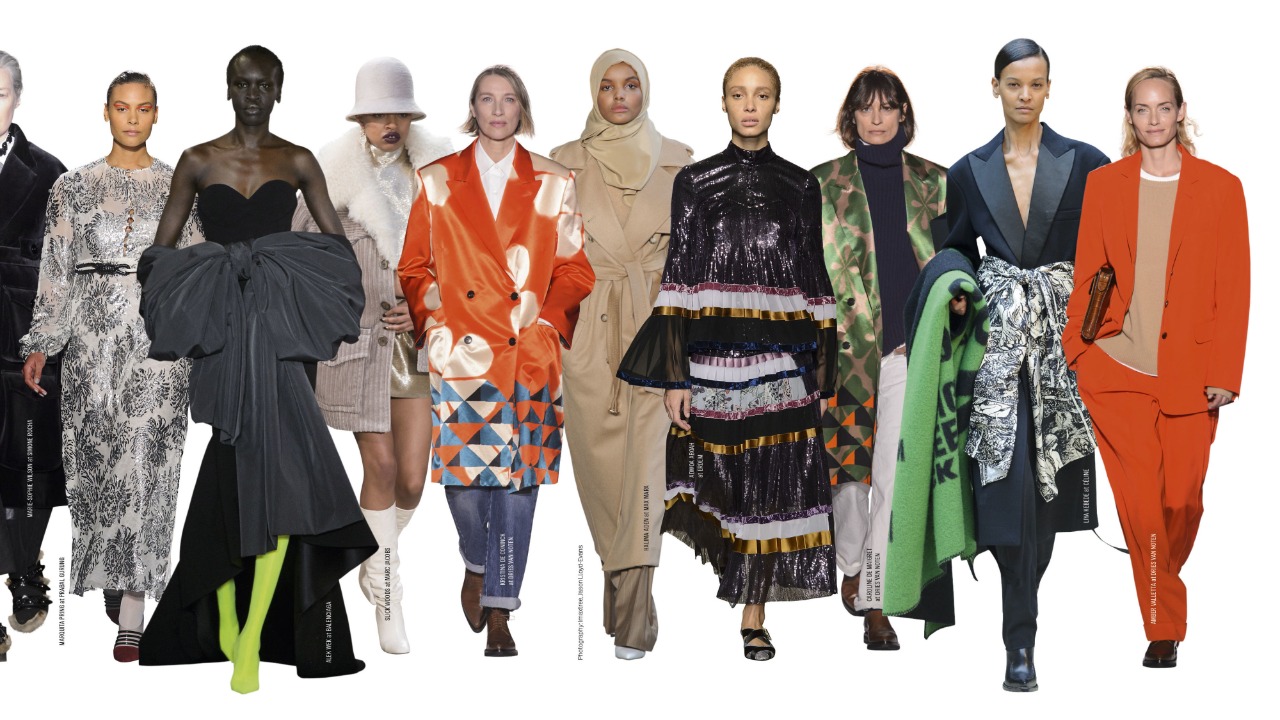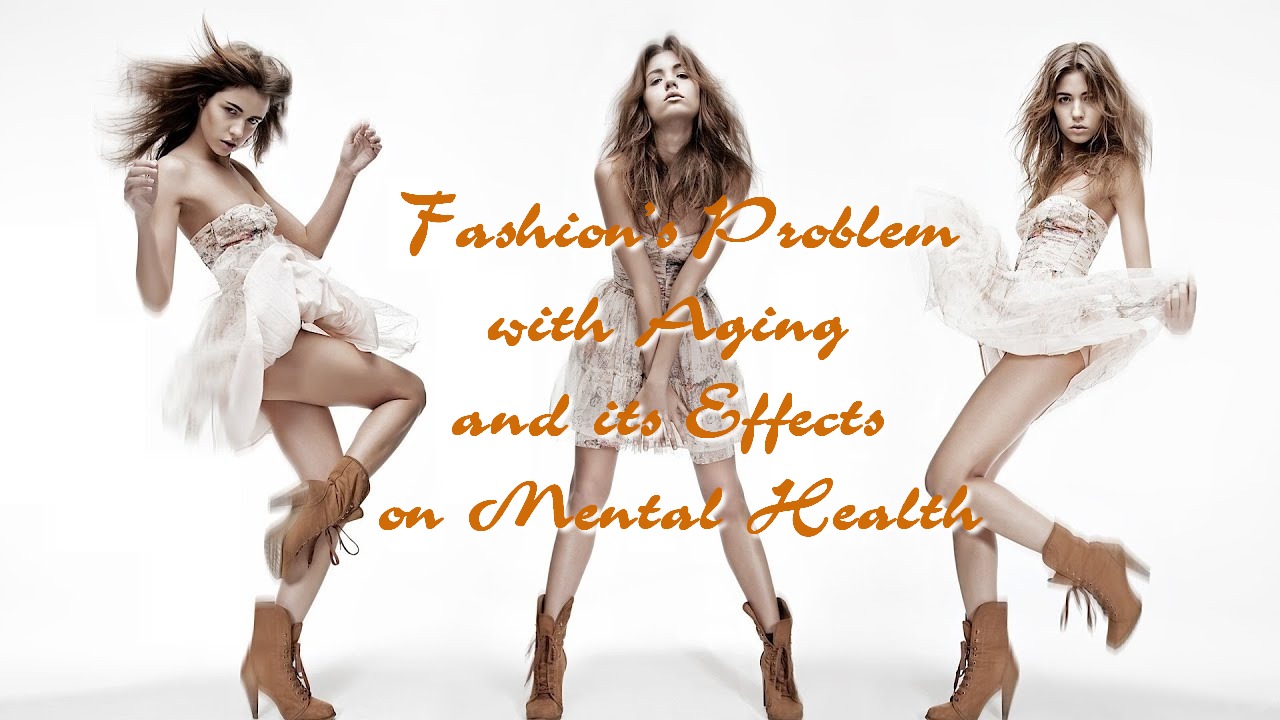The fashion industry, renowned for its dynamic and ever-evolving nature, often perpetuates an ageist narrative. The idealization of youth is deeply ingrained, leaving little room for the celebration of aging and mature beauty. Models and advertisements predominantly feature youthful faces, contributing to the societal perception that aging is something to be hidden or fought against. This age bias not only influences consumer behavior but also sends a powerful message to individuals entering their later years: that they are no longer relevant or desirable. The industry’s failure to embrace diversity in age representation perpetuates harmful stereotypes and fuels a culture that associates youthfulness with worth. Amidst these challenges, Clarion Aesthetics stands as a beacon of empowerment, offering personalized anti-aging procedures that redefine beauty beyond societal norms. Visit a website and embrace the journey of aging gracefully with their advanced treatments.
The Impact on Body Image and Self-Esteem

The relentless pursuit of youthful aesthetics in fashion has a profound impact on the mental health of individuals as they age. As people encounter images of airbrushed, flawless young models, it creates unrealistic beauty standards that can lead to feelings of inadequacy and diminished self-worth. The constant bombardment of these images in media and advertising fosters a culture where aging is perceived as a flaw rather than a natural part of life. Consequently, individuals may experience heightened levels of anxiety, depression, and a negative impact on body image and self-esteem, contributing to a broader societal issue of mental health struggles among older demographics.
Limited Representation and the Erasure of Older Consumers
Beyond the runway and glossy magazines, the lack of representation of older individuals in marketing and advertising campaigns further marginalizes an entire demographic. Fashion brands often neglect the purchasing power and influence of older consumers by exclusively targeting younger audiences. This exclusion not only reinforces age-related stereotypes but also isolates older individuals, making them feel invisible and unimportant. The erasure of older voices in the fashion industry perpetuates a cycle where individuals feel excluded, leading to social isolation, loneliness, and a decline in mental well-being.
The Call for Diversity and Inclusivity in Fashion

Acknowledging the harmful consequences of ageism in the fashion industry, there is a growing call for diversity and inclusivity. Advocates argue that fashion should reflect the richness and diversity of human experiences, including the beauty that comes with aging. Brands and designers embracing models of various ages, ethnicities, and body types can play a pivotal role in reshaping societal perceptions of beauty. Celebrating age diversity not only addresses mental health concerns associated with aging but also positions the fashion industry as a catalyst for positive change, promoting inclusivity and acceptance.
Empowering Older Individuals Through Fashion
Empowering older individuals through fashion involves more than just altering industry norms; it requires a cultural shift in how society views aging. The fashion industry can contribute to this transformation by showcasing older models in campaigns, challenging traditional beauty standards, and fostering a sense of style that transcends age. By embracing the beauty of aging and portraying it positively, fashion can become a powerful tool in promoting self-love and acceptance among older individuals. This shift not only has the potential to enhance mental well-being but also to redefine societal norms, fostering a more inclusive and compassionate culture.
In conclusion, the fashion industry’s problem with aging goes beyond mere aesthetics; it extends to the profound impact on mental health. Recognizing the need for change, there is a growing movement toward inclusivity and diversity within the industry. By challenging ageist norms, promoting realistic beauty standards, and empowering older individuals, the fashion world has the opportunity to not only redefine its own image but also contribute positively to the mental well-being of individuals across generations.
